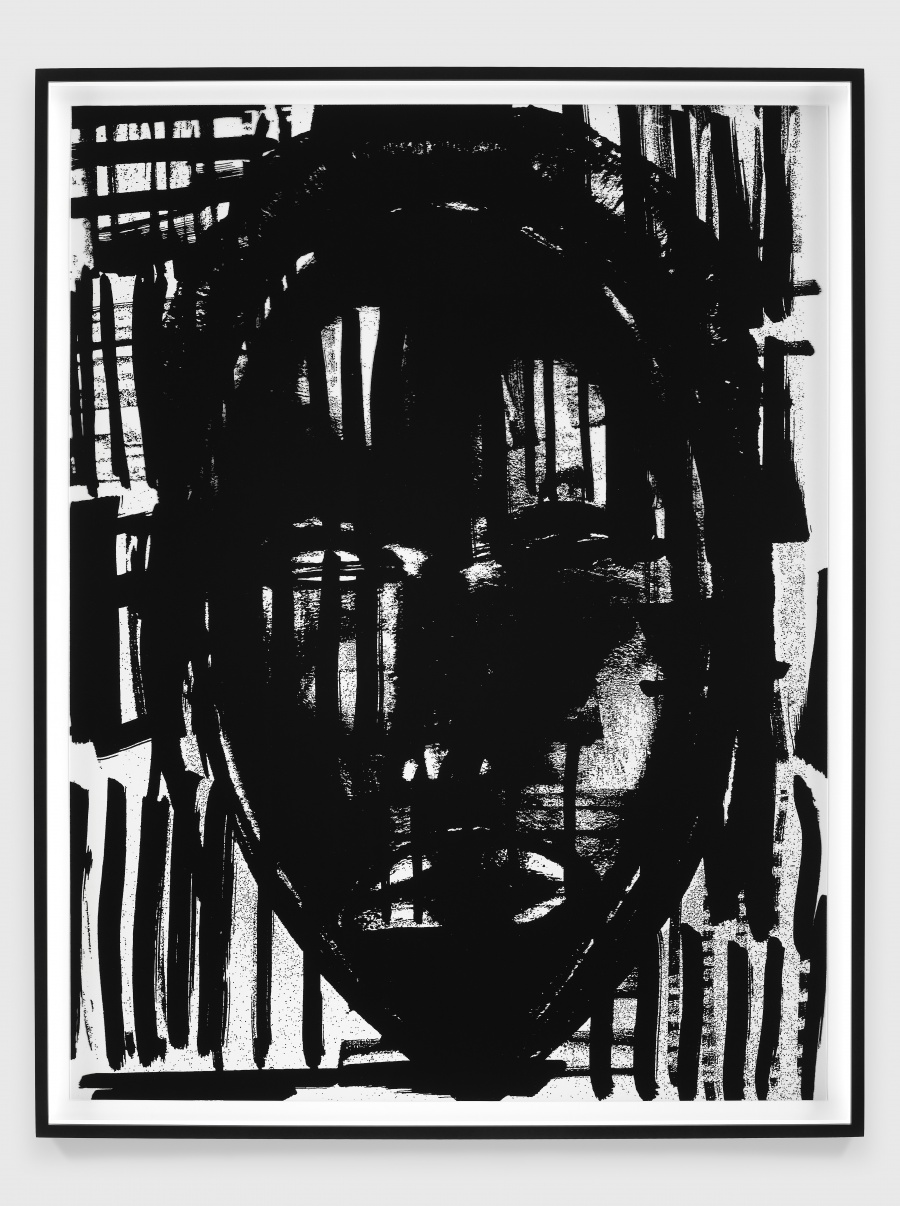
Installation view: Alicja Kwade, "Out of Ousia" (2016), at Kunsthal Charlottenborg (2018). Photo: Roman März.
Polish artist Alicja Kwade doesn’t believe in what she sees, or what people tell her. Her sculptural works interrogate the physical and philosophical realities of the world, with steel tubes and ball-shaped minerals divulging the compression of time. According to her, her work starts where she stops understanding it. Over the last few years, Kwade has carved a name for herself as an up-and-coming and individual artist of modernist sensibility. The playful manner with which she interrogates the abstract concepts that form the basis of our perception of reality is amusing, and her exhibitions at the Whitechapel Gallery, Berlin’s Hamburger Bahnhof, and the Venice Biennale have opened to positive acclaim.

Installation view: Alicja Kwade, "Out of Ousia" (2016), "DrehMoment" (2018), at Kunsthal Charlottenborg (2018). Photo: Roman März.
Her current show, “Out of Ousia”, at Copenhagen’s Kunsthal Charlottenborg (until 17th February 2019) presents a warped and minimalistic vision of the universe. Grey-scale metals and glass are intercepted by stinging silvers that create a poetic ambience – one not of sadness, but of science. The idea that conceptualising familiar objects creates new associations isn’t a new one, but the way in which Kwade presents these ideas – via extra-terrestrial forms and PowerMac blended vases – is highly individual, and challenges not the emotive connections we make, but those that are logical – and more-often-than-not quite dull. The carefully defined and otherwise inexplicable moments that make up our daily lives sit at the foreground of Kwade’s practice, and her work switches between wrinkled spherical balls in seemingly random spots: child’s play, and looming chromatic shapes that could easily come from the lab of a nutty professor. Through these, she sharpens our textbook associations and re-establishes why they were interesting in the first place.
The daughter of a cultural scientist and conservator, Kwade’s practice goes back further than art school: when she was a child, her father would talk to her endlessly about space, instilling in the young artist a curiosity about the world that is now a prominent part of her persona. At the age of 19, she went to study sculpture at Berlin’s University of the Arts, where she developed significant sensibilities, shaped not only by her education, but also by those around her – including her boyfriend Gregor Hildebrandt. These formative years resulted in a practice predicated on sculpture, photography and videography – her 2012 video work Kreisel provides an interesting modification of Christopher Nolan’s ambiguous spinning-top scene from the film Inception.

Installation view: Alicja Kwade, "Out of Ousia" (2016), "Parralelwelt (Ast/AntiAst)" (2018), at Kunsthal Charlottenborg (2018). Photo: Torben Eskerod. Courtesy of the artist. Collection of the National Gallery of Australia.
Grey-scale metals and glass are intercepted by stinging silvers that create a poetic ambience – one not of sadness, but of science.
In a 2013 interview with Art Review, Kwade said that it was the “borders between science and suspicion” that interested her, and her work has since taken flight on that same path, asking with increased persistence: What is real and what is not? A theory suggests that there are actually 11 dimensions. We cannot access them, and so they simply exist in parallel to one another. Kwade’s mirrors and reduplicated automobiles allude to these parts of time and space that we cannot perceive, and feed into the interrogative area of her practice. The atmosphere created by these highly improbable environments is very Alice in Wonderland – with the added touch of science-appropriate sterility – and it fills you with the strangest compulsion to laugh.



